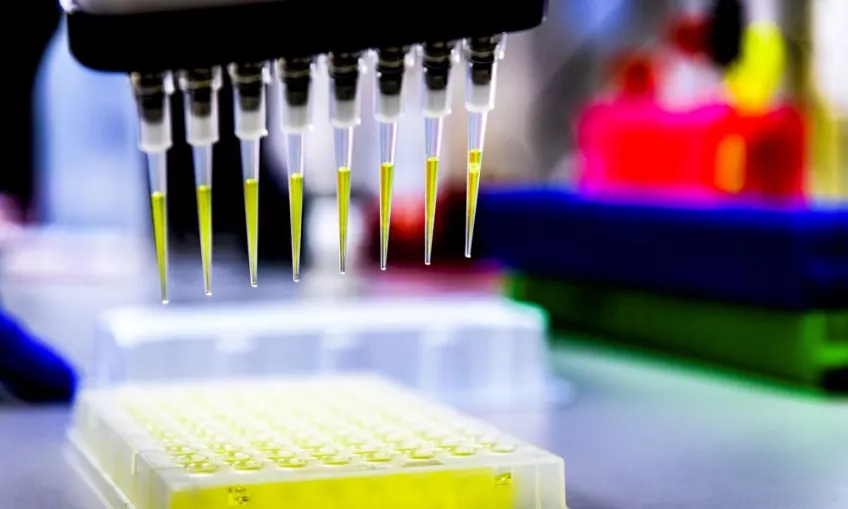Human Tissue Laboratory
The Human Tissue Laboratory (HTL) is an important resource for diabetes research established as a part of the strategic research area Excellence of Diabetes Research in Sweden (EXODIAB). This resource is accessible for researchers at the strategic research area and their collaborators based on approval.
The Human Tissue Laboratory (HTL) was established in 2007 through a collaboration between Lund University and Uppsala University, the two universities that form the strategic research collaboration EXODIAB, and the Nordic Network for Clinical Islet Transplantation.
The resource receives and handles donor materials in the form of human insulin-producing cells as well as tissues from liver, muscle, fat, blood vessels, lymph nodes and spleen. HTL stores information about the donors and their disease history.
HTL has RNA-sequencing data for islets from more than 350 humans, with and without diabetes. The islets are assessed for their hormone secreting capacity, and our staff isolate RNA and DNA for use by all EXODIAB members.
HTL’s access to all tissues involved in diabetes from the same individuals allows the researchers to map the genetic and environmental factors that may cause type 1 diabetes and type 2 diabetes. RNA-sequencing is performed to study differences in allele specific expression and splice isoform pattern between different human tissues.
The main tissue handled is human pancreatic islets. The islets are isolated at the islet isolation facility in Uppsala, primarily for transplantation purposes. A fraction of the islets that cannot be used for transplantation, are upon agreed consent instead dedicated to research and distributed to research centers in Scandinavia including HTL.
Responsibilities of HTL
- Serve as a contact between transplantation surgeons, islet facility in Uppsala and users of the resource
- Distribute human tissues to evaluated research projects within EXODIAB
- Extract DNA and RNA from all tissues and store for future use
- Characterise tissues functionally e.g. hormone secretion assays
- Perform global analysis of gene expression
- Handle the human tissue database
Access to the sample collection
The tissue is harvested by staff at Uppsala University. The HTL resource at Lund University does not harvest the tissues and is therefore classified as a sample collection. All data is gathered in a database for shared use within EXODIAB. Researchers affiliated with EXODIAB at Lund University and Uppsala University can access the database upon request and approval.
If you are a registered user of HTL, you can log in to the database via the link below. Please send an email to Johan Hultman at Lund University if you are a new user.
Link to HTL database – exodiab.se
Contact
Charlotte Ling
Head of HTL
charlotte [dot] ling [at] med [dot] lu [dot] se
Åsa Nilsson
Research engineer
asa [dot] nilsson [at] med [dot] lu [dot] se
Johan Hultman
System engineer
johan [dot] hultman [at] med [dot] lu [dot] se
